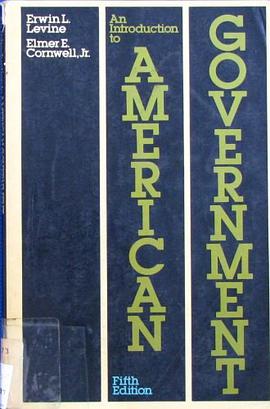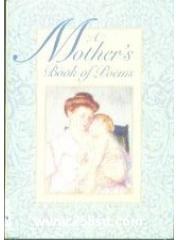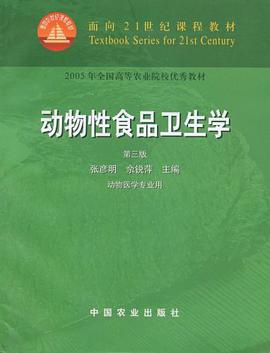

more alike than dissimilar in their political behavior. But it is this electoral<br >requirement that is the basis for the loose union in the first place. Anyone<br >seeking the presidency as a candidate of a party must secure such an elec-<br >toral majority. One must put together a combination of states sufficient to win<br >a majority of electoral votes, which means that any third party that has any<br >intention of making a serious attempt to win the presidency must comply<br >with the laws of fifty states in order to get its electors on the ballot in<br >November of a presidential year. This takes an extensive organization and a<br >great amount of money. No wonder then that the United States has generally<br >had the kind of two-party system it has. For any third party to stay in busi-<br >ness, it must successfully contend for a majority of electoral votes, or to put<br >it another way, any third party must in reality replace one of the two other<br >parties.<br > It is commonplace for presidential candidates of the two major political<br >parties, the Republicans and Democrats, to shape their public campaigns so<br >as to assure a majority victory in each state. Having the majority of the<br >votes cast in a state ensures victory for that candidate s slate of pledged<br >electors. If a candidate wins enough large states in this manner, the electoral<br >college majority is all the morn certain. In 1980, Ronald Reagan won the<br > numerical majority of the popular vote in only 25 of the 44 states he carried.<br > In Massachusetts, for example, he won the state s 14 electoral votes by only<br > 41.8 per cent of the vote cast to Carter s 41.7 per cent. Independent candi-<br > date John B. Anderson s slate of electors took 15.2 per cent of the state s<br > total vote cast. (See Table 1.) When a third-party candidate is in the presi-<br > dential race, a plurality of the popular vote is all that is needed to win a<br > state s total electoral vote. Presidential candidates, however, do not publicly<br > state that they are interested in the plurality, but rather they seek the major-<br > ity of the votes cast in a state not only to ensure victory for the slate of<br > electors but also so as not to confuse the electorate. We have had 15 presi-<br > dential elections in which the successful candidate for President did not have<br > a majority of the total popular vote in the country. (See Table 2.) The point<br > is well taken. Although many people think of the electoral college system<br > as archaic, the nation s political parties have adapted the technique of win-<br > ning the presidency to the electoral college requirements in the Constitution.<br > In the fifteen times that we had minority Presidents, and in the elections of<br > Jimmy Carter in 1976, when he won a popular majority of only 50.1 per<br > cent and only 27 extra electoral votes (he won 2971 and Ronald Reagan in<br > 1980 when he won only 50.7 per cent of the total popular vote but 489<br > electoral votes, the electoral college legitimized the national election.<br > A constitutional root for the selection of the Presic[ent was fimlly im-<br > planted in 1789. The political pmlies of the nation, not even mentioned in<br >
具体描述
读后感
用户评价
相关图书
本站所有内容均为互联网搜索引擎提供的公开搜索信息,本站不存储任何数据与内容,任何内容与数据均与本站无关,如有需要请联系相关搜索引擎包括但不限于百度,google,bing,sogou 等
© 2025 onlinetoolsland.com All Rights Reserved. 本本书屋 版权所有




















